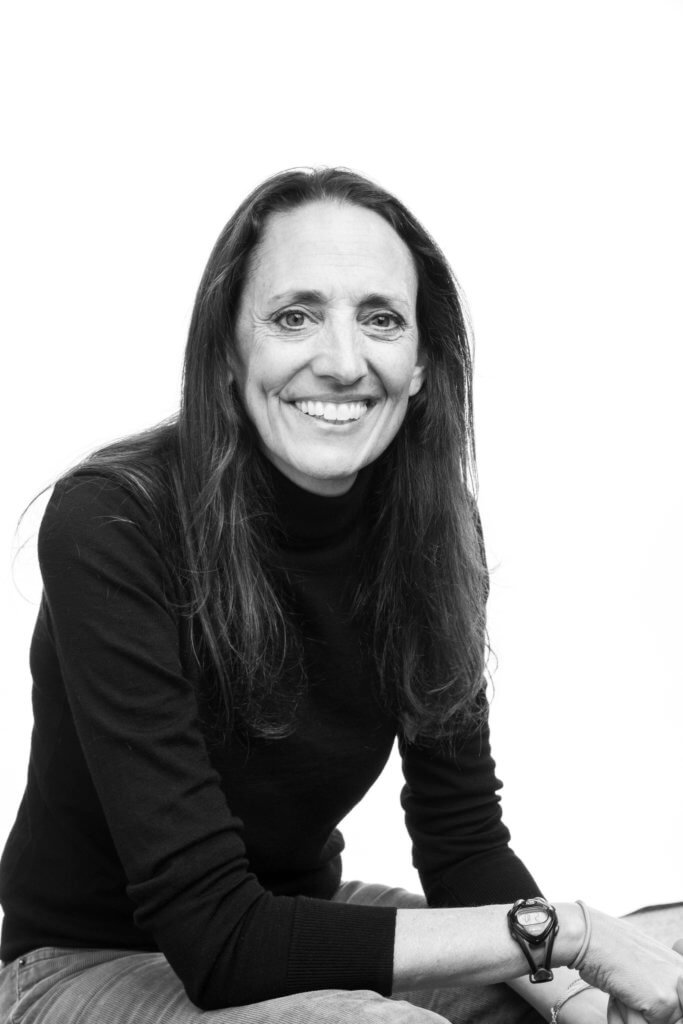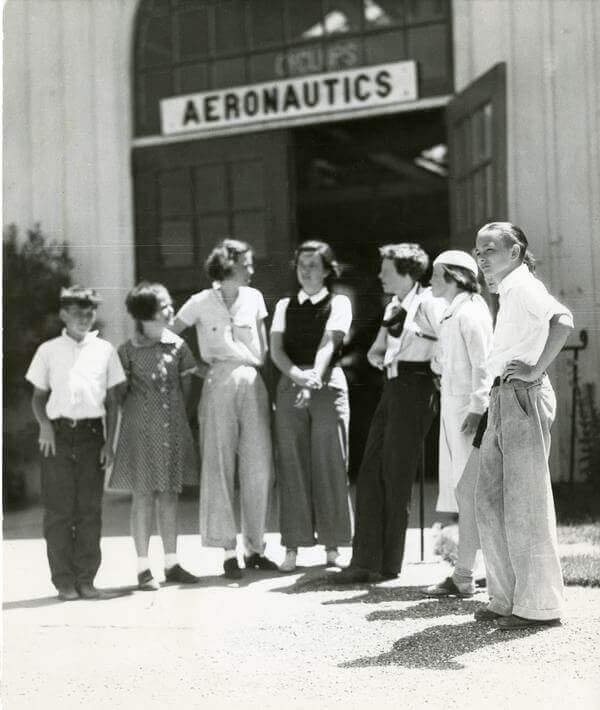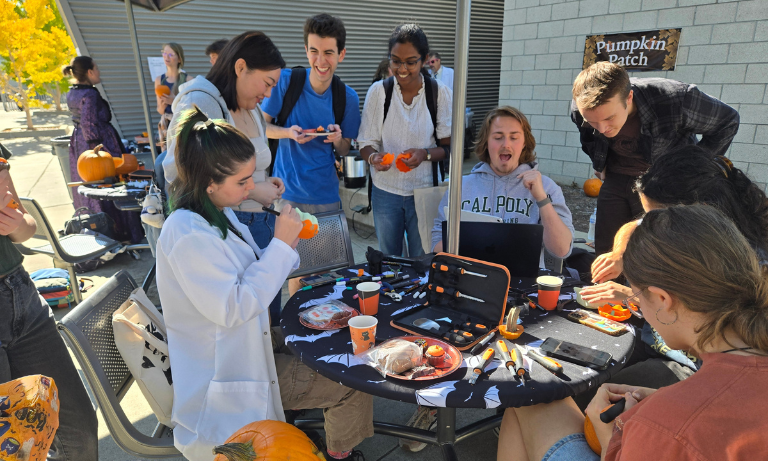When Amelia Earhart visited Cal Poly 85 years ago, she was an international celebrity, a record-breaking pilot at a time when most women didn’t even dream of pursuing aviation careers.
“She must have been amazingly strong and confident to do what she did all those years ago,” said Kira Abercromby, a professor in the Aerospace Engineering Department. “What I really hope is that people looked at her like the amazing pilot and adventurer she was.”
Yet, decades after the Purdue University faculty member dropped by Cal Poly’s aeronautics program, women are still significantly underrepresented in STEM – both in industry and at universities.
“We are fighting an uphill battle,” Abercromby said. “However, that is not to say that we can’t figure it out.”
In an effort to win that battle, Abercromby will participate in a federally-funded program aimed at increasing the number of female faculty in engineering colleges across the CSU. Abercromby hopes more female STEM faculty will also lead to more female STEM students.
“I think when more people can see others that look, sound, and feel like them, the greater success we will have in all areas of STEM,” she said. “It won’t seem like they are the only ones trying to make it in the field.”

The program is funded by a $1.25 million grant from the National Science Foundation. Led by Fresno State, with several CSUs participating, the program seeks to improve gender parity for engineering faculty and add more women of color to the field. The program will entail collecting and analyzing data about existing female engineering faculty while also establishing a system-wide mentoring and peer support network to foster retention and recruitment.
In 2019, only 17 percent of tenure/tenure-track faculty in U.S. colleges of engineering were women, according to the American Society for Engineering Education.
“We’re going to look at how women progressed through the faculty ranks – how they went from assistant to associate to full professor – and how much time it takes and whether they don’t get promoted compared to men,” said Eric Mehiel, the College of Engineering’s associate dean for diversity and student success, who also teaches in the Aerospace Engineering Department. “And then we’ll use that information to think about what kinds of policies we have and what kinds of support we have for faculty to have them be promoted and successful in an equitable way compared to men.”
The social deterrents for females to pursue STEM careers begin at an early age, Abercromby said.
“NASA shirts are only sold in the boys section of clothing stores,” said Abercromby, who will serve as faculty coordinator for expanding research across the four campuses. “Girls get rainbows and unicorns.”
As a child, Earhart craved female role models for inspiration – and kept newspaper clippings about successful women in predominantly male-oriented fields. When she reached milestones as an adult, she shared her expertise during a lecture tour in the 20s and as a member of Purdue’s Department of Aeronautics in the 30s.
She was still at Purdue – and preparing for a historic flight around the world –when she landed at Cal Poly in June of 1936.
“Earhart came up to SLO because a friend of hers was friends with the Aeronautical Engineering Department head,” said Glen Thorncraft, a mechanical engineering professor, who has researched the visit. “They came up to check out the campus and SLO.”
When she arrived at Cal Poly, posing for a photo near what is now the Frank E. Pilling Building, there were no female teachers in sight. In fact, it was an all-male school then.
“One thing this school and other schools of its kind lack is the fact they have no enrollment of girls,” she told a local reporter. “And I believe there should be no restriction on aeronautics or any kind of education.”
Women would begin to enroll at Cal Poly two decades later, but they are still significantly underrepresented among STEM faculty and majors – typical of universities nationwide.
The NSF will also provide mentorship for female and underrepresented faculty. Having been one of just two females out of 70 in an aerospace, aeronautical and astronautical engineering masters program at the University of Colorado Boulder, Abercromby understands the need for mentors. Like the young Earhart, who sought female role models, female STEM faculty members need to identify with peers, she said.
“I think having someone to talk to that has likely been in a similar situation is an important step toward understanding you aren’t alone in the process,” she said.


